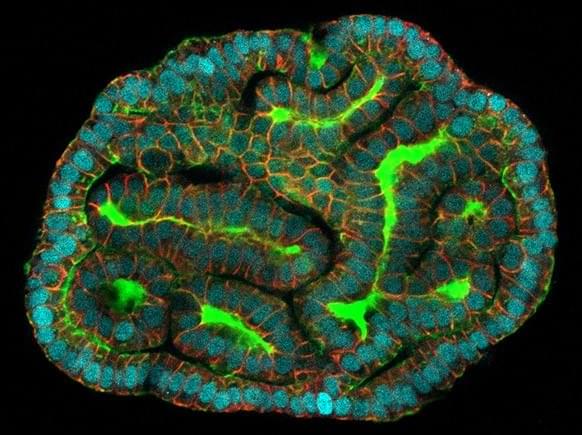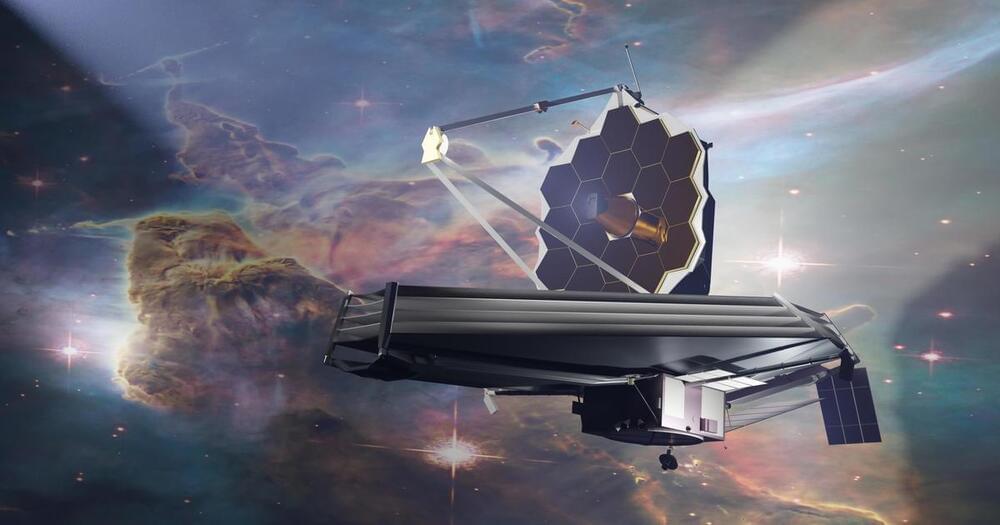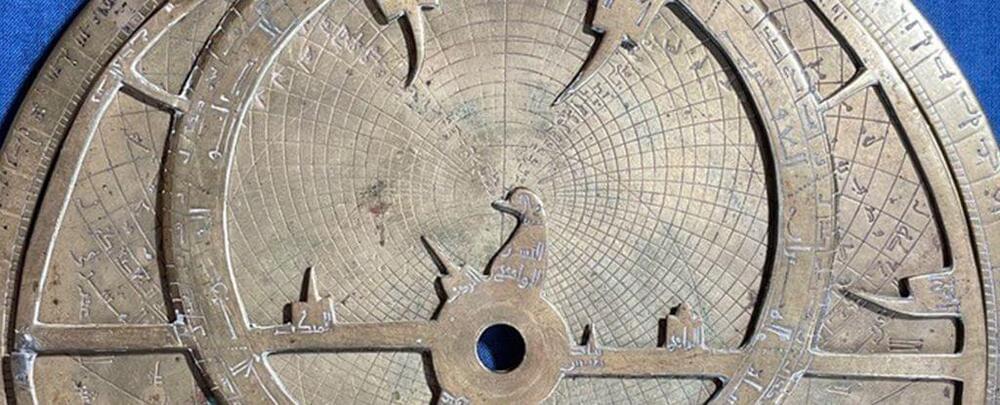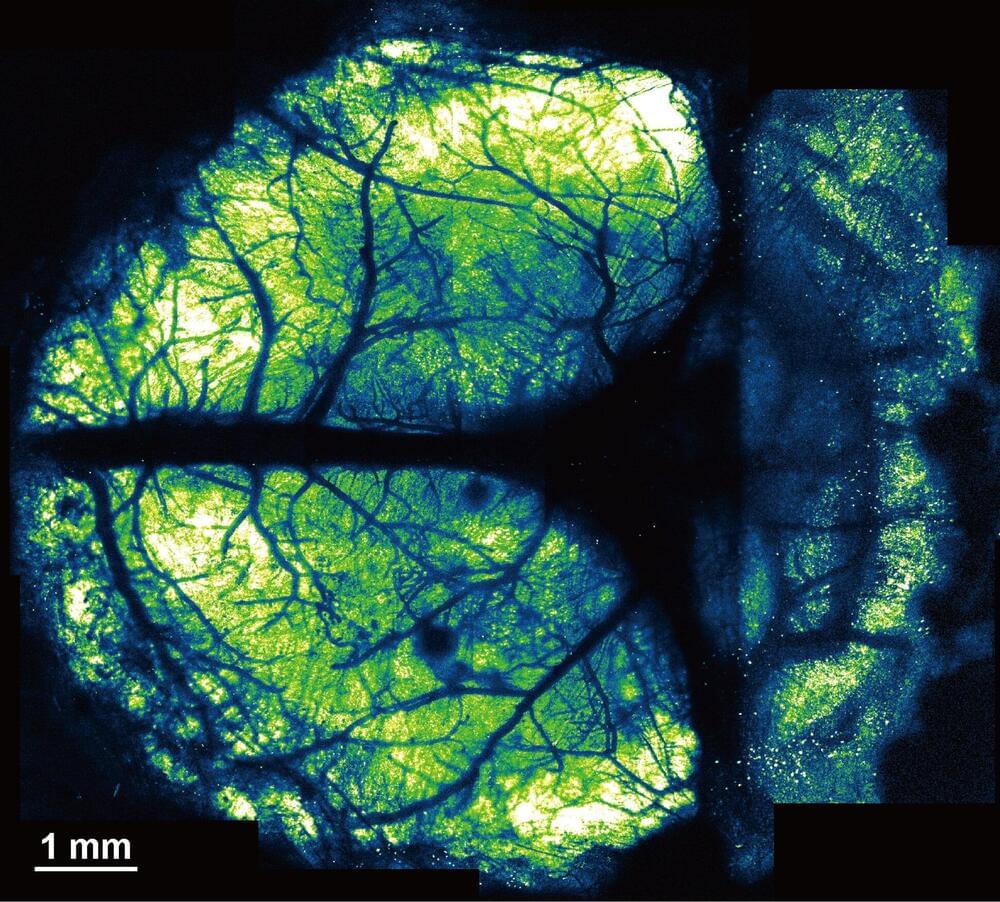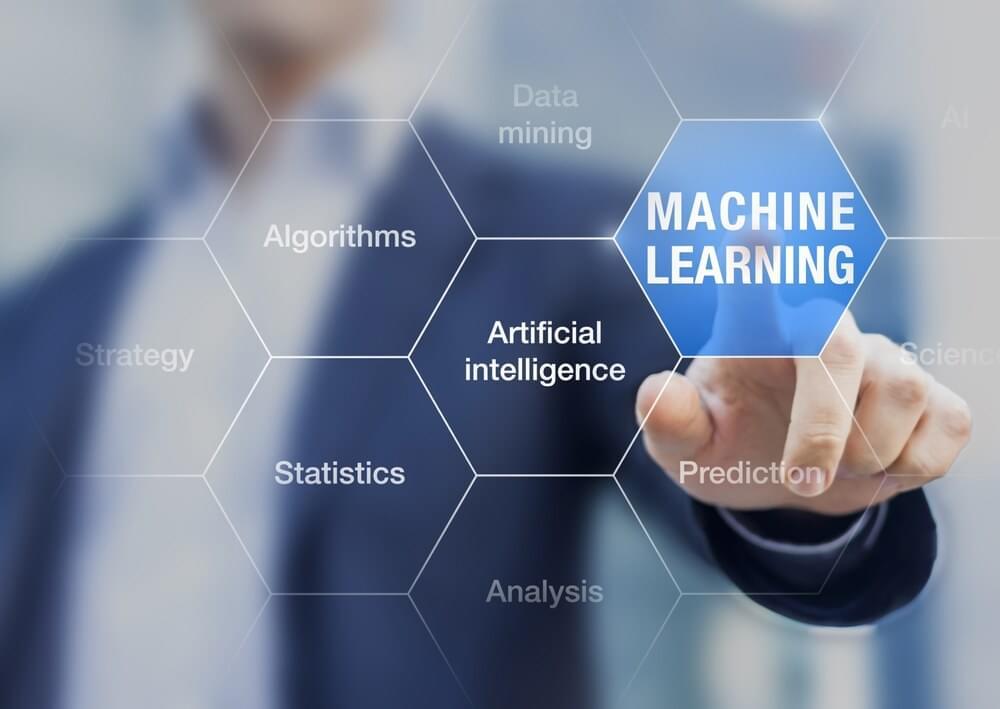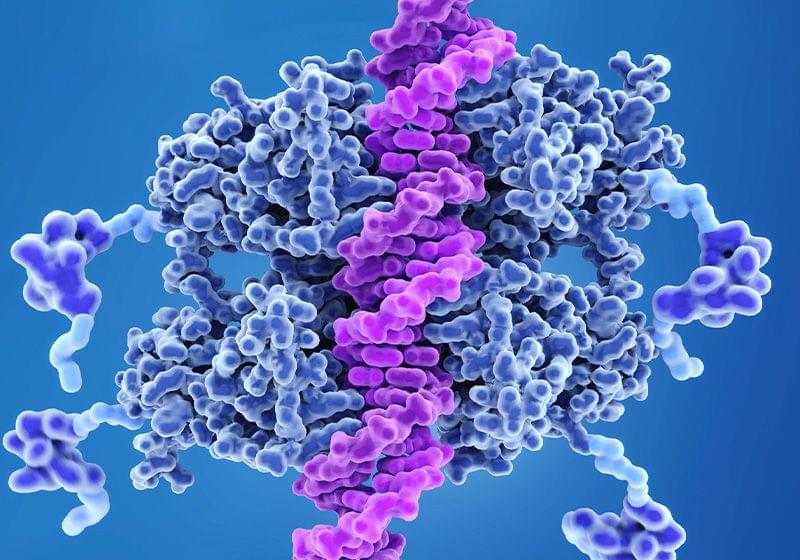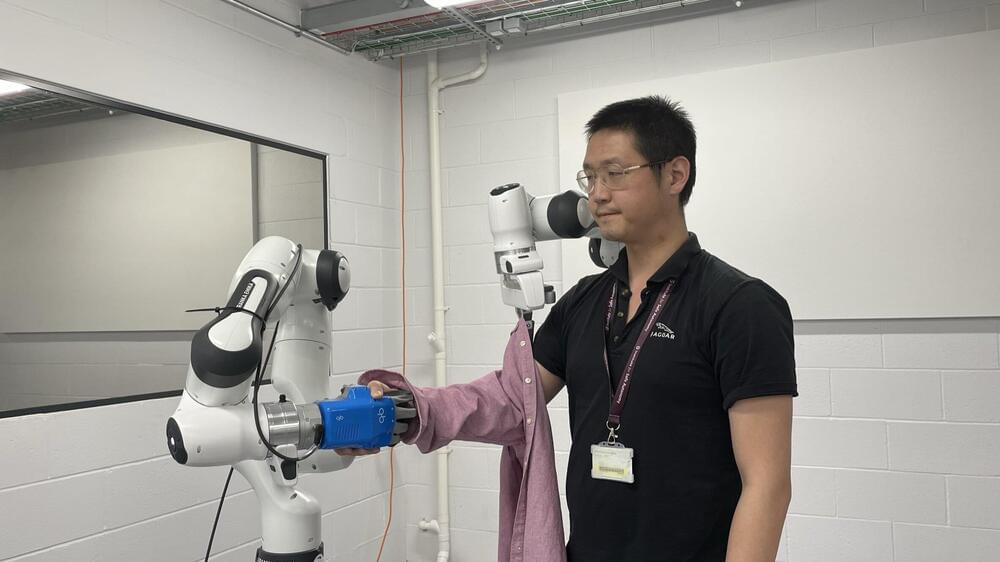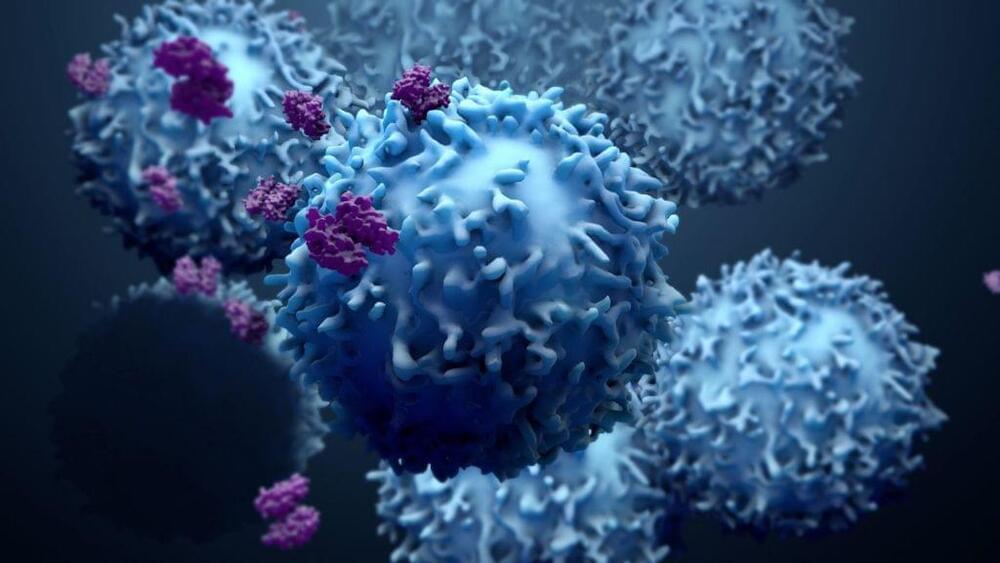Some excellent food for thought face_with_colon_three
We now have everything we need to build a physics engine with infinite precision.
In this part, we’ve seen how to use the Python SymPy package to find the low-level expressions needed to create a perfect physics engine for our 2-D worlds of circles and wall. We found the expressions for the time when two objects will just touch (if they ever do). When they do touch, we found the expressions for their new velocities.

